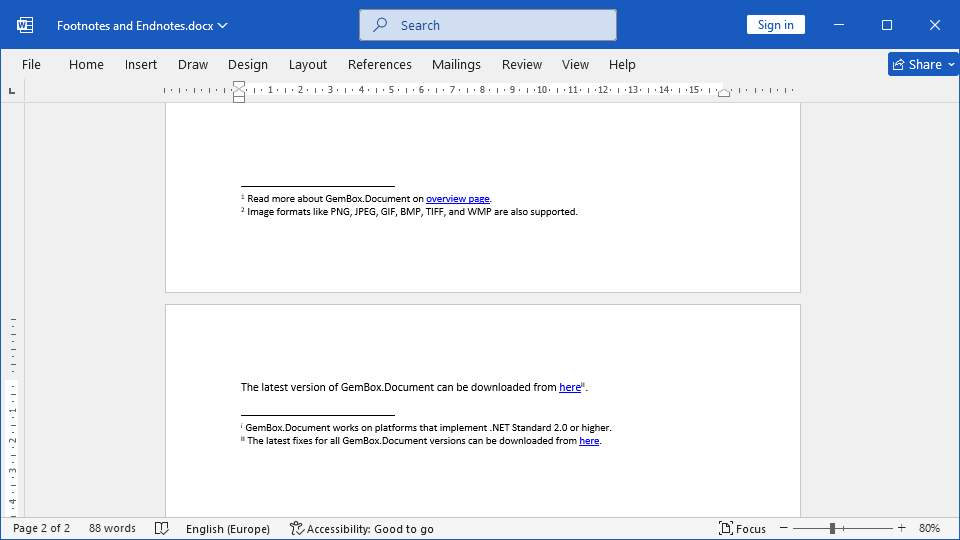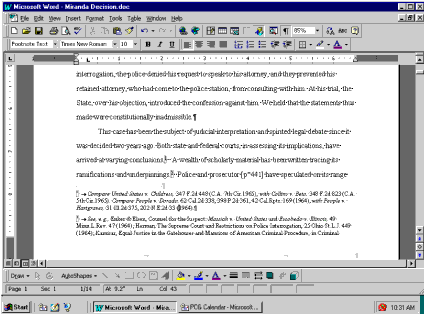

Now, we want to change them to, for example, arabic numerals (1, 2, 3 …)įirst of all, go to the Footnotes menu. In this example, we’re starting off with some footnotes or endnotes that use roman numerals (i, ii, iii …): How to change the number format for footnotes/endnotes If you’re re-using an article which has been rejected by another journal, or repurposing a chapter of your PhD, you might find that the style for one journal is different from what you’ve done previously.Īlternatively, you may just decide you would prefer to use roman numerals, arabic numerals, symbols or whatever for your footnotes or endnotes, and want to change them. For example, academic journals will usually have some form of Guidelines for Authors which will lay out (sometimes) the font, heading styles, reference styles and footnote styles that you are expected to use. The main reason to change your footnote or endnote numbering style is because of the style guide of whatever you’re writing the document for. Why would I want to change my footnote or endnote numbering style?

while editing someone’s work, or when you change your mind, or when you’re working to a particular journal’s style and need to amend something you’ve already written) in Word 2007, Word 2010 and Word 2013.

As part of my series on footnotes and endnotes, here’s how to change your footnote and endnote numbering styles on the go (e.g.


 0 kommentar(er)
0 kommentar(er)
